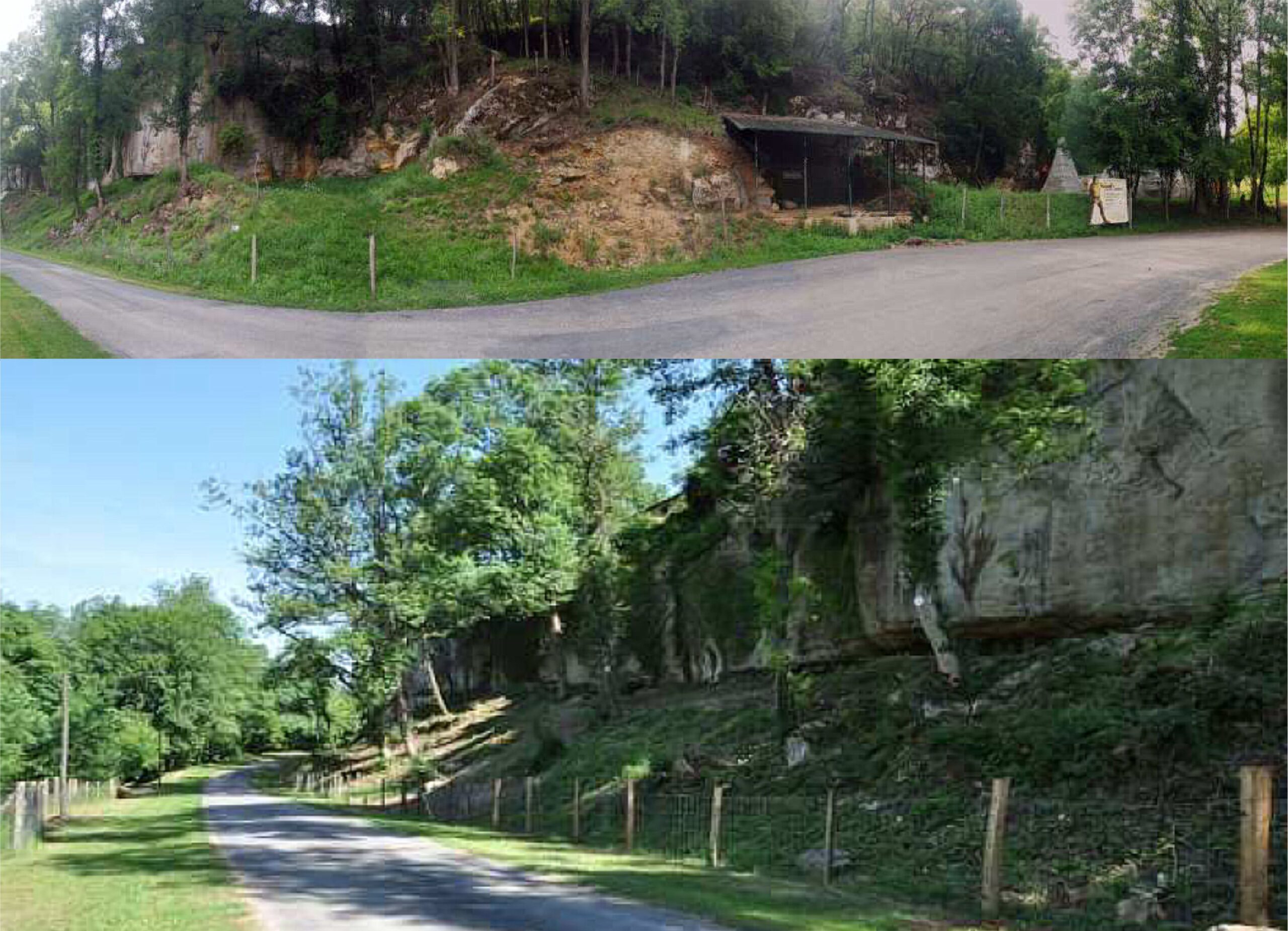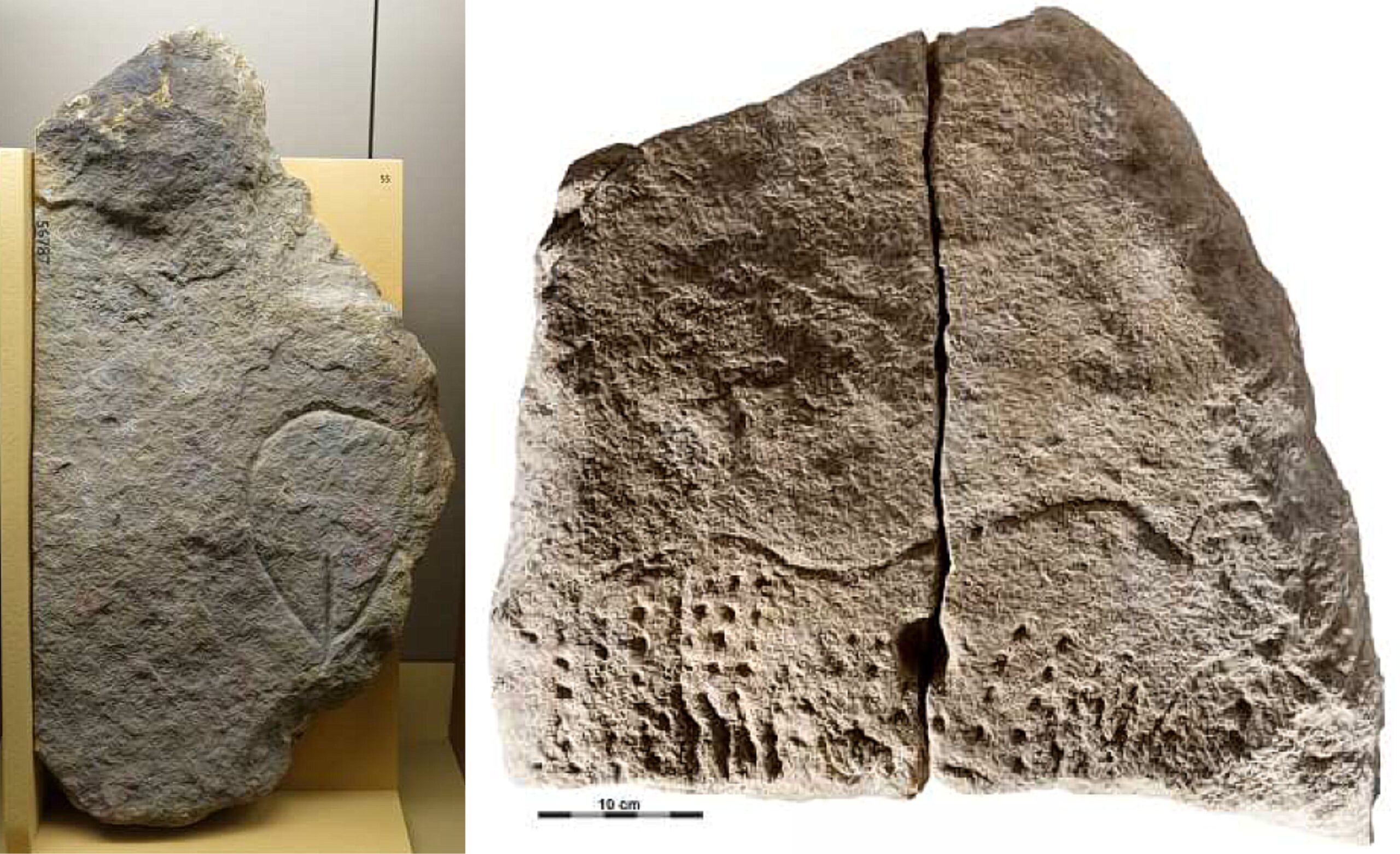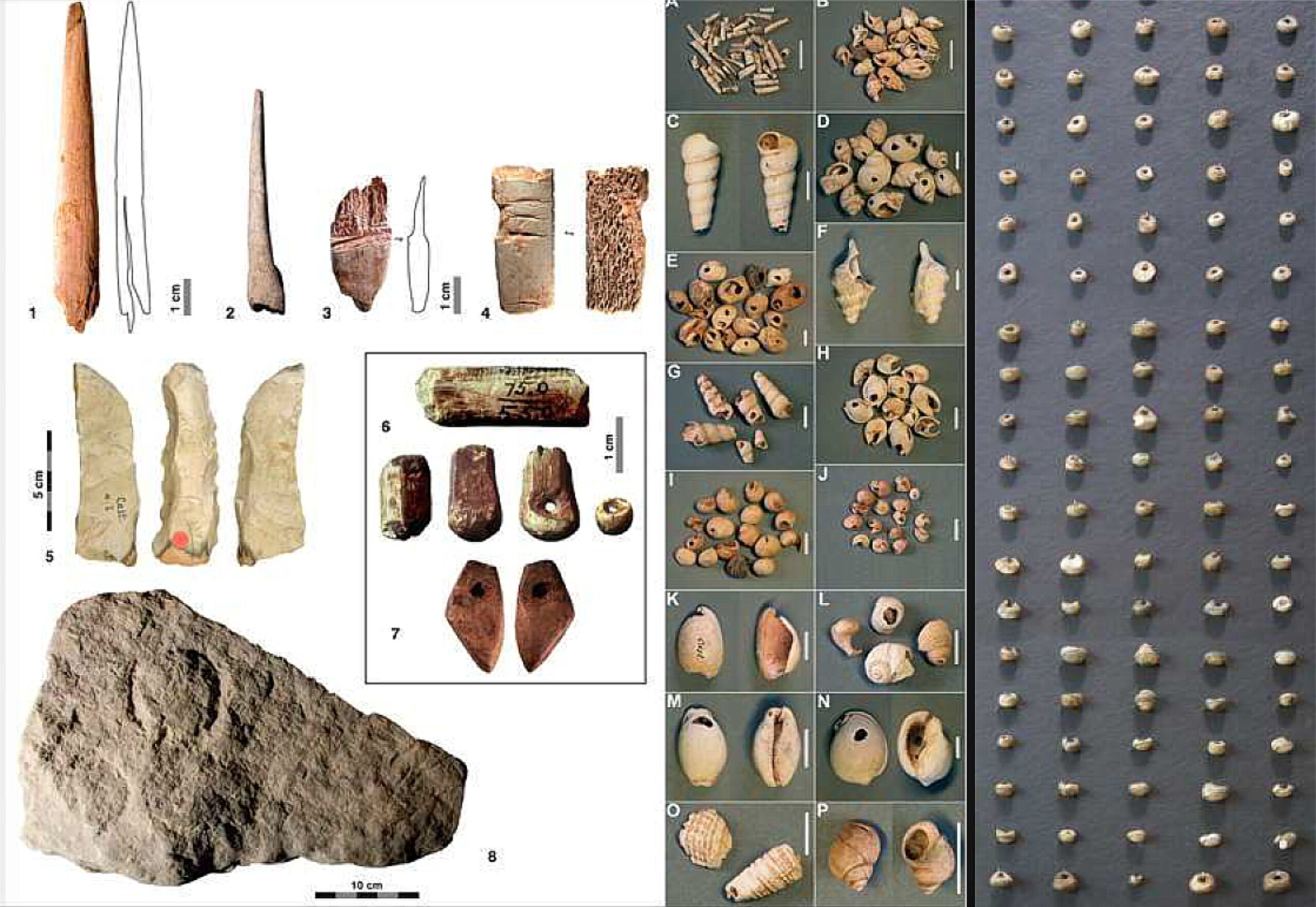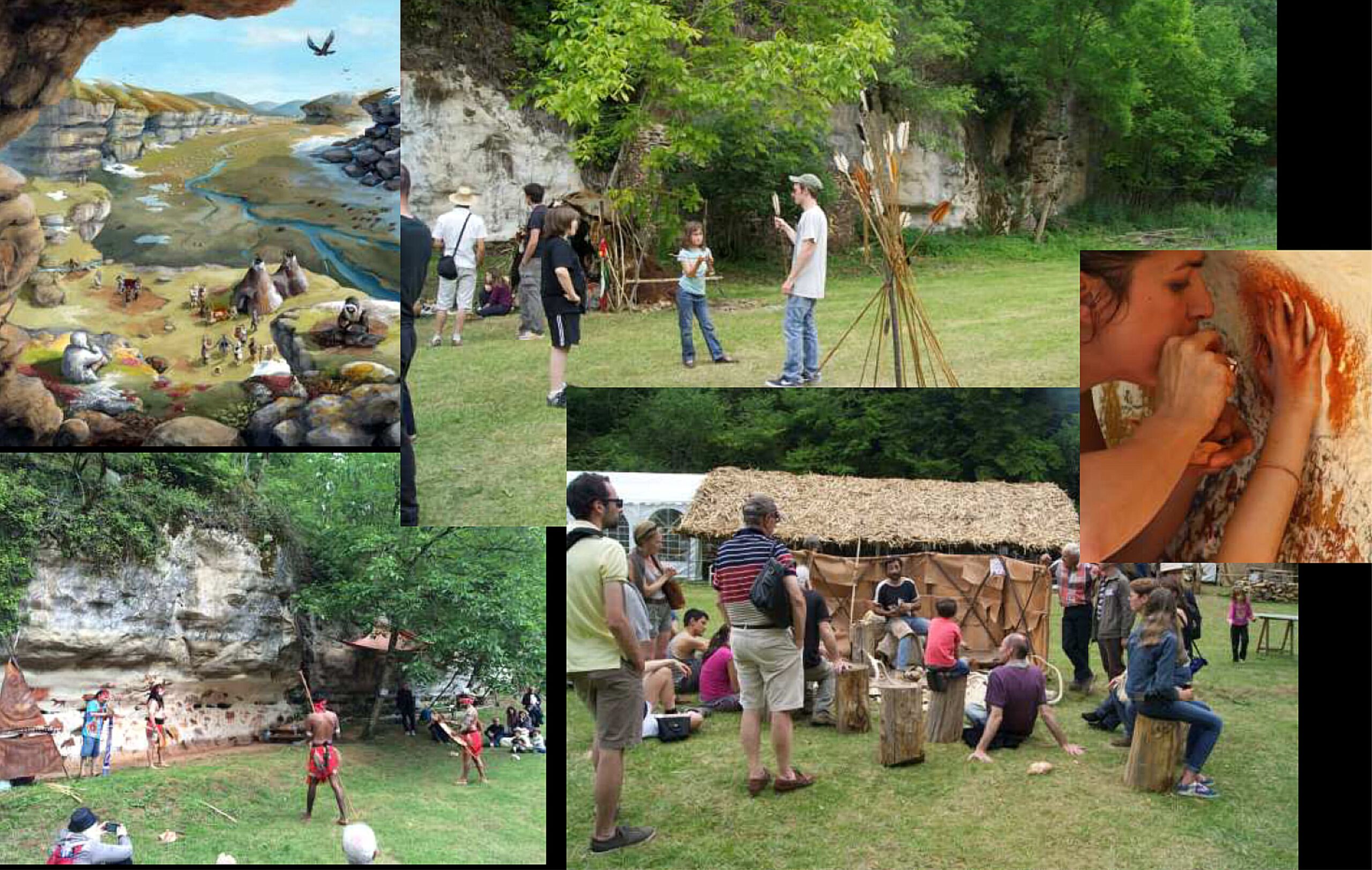Type of site:
Rock-Shelters
Village/Town: Sergeac
Municipality: (Dordogne)
Region: Nouvelle Aquitaine
State: France
Telephone: 05 53 42 30 09
Website: https://castel-merle.com
E-mail: contact@castel-merle.com
Natural Environment:
The Castel Merle site is a 400-metre-long valley, a tributary of the Vézère valley. It consists of rock shelters nestled in cliffs on either side of the valley. It has several springs and a small pond. Part of the site is classified as Natura 2000 for the protection of butterflies and part is managed by the LPO (League for the Protection of Birds) for the protection of peregrine falcons. In addition, we have the eco-charter of the community of municipalities for eco-responsible tourism.
Archaeological evidences in the site:
The Castel-Merle site, also known as Vallon des Roches, has a unique geological formation consisting of 10 rock shelters spread over 400 metres. These shelters were occupied successively over a period of 65,000 years, offering one of the highest concentrations of prehistoric habitats in France. The overhanging parts of these shelters collapsed, mainly towards the end of the last ice age, thus ensuring the exceptional preservation of the archaeological layers.
These shelters have been excavated by numerous archaeologists from 1878 to the present day. The first American excavations took place between 1920 and 1930 with the Smithsonian Institution, followed by Randall White of New York University from 1995 to 2013. Today, excavations continue in the Neanderthal shelter of Les Merveilles with Guillaume Guérin.
But this site is above all the story of the Castanet family, who have owned it since the 19th century. Marcel Castanet excavated the site throughout his life, from 1903 to 1960.
From 1905 onwards, he carried out meticulous excavations, notably using the technique of water sieving, which he used systematically, enabling him to find very small objects such as the mammoth ivory basket bead.
The various excavation campaigns have confirmed several occupations.
They were occupied successively during the Mousterian period at Abri des Merveilles and Blanchard II, during the Aurignacian period at the Souquette, Blanchard and Castanet shelters, and during the
Gravettian, Solutrean and Magdalenian periods at Souquette, Labattut and Reverdit. All these successive levels thus attest to an extraordinary continuity of occupation.
These excavation campaigns have yielded a very large quantity of objects. A rich bone and stone industry was discovered, with thousands of flints attributed to different cultures, but above all a very large quantity of decorative items were discovered, including mammoth ivory beads, soapstone beads, amber beads, pierced sea shells and pierced teeth. The raw materials used to make these items of jewellery attest to extensive trade between groups during prehistoric times, as evidenced by the fossilised mammoth ivory, Mediterranean shells, amber and soapstone from the Pyrenees.
Painted, carved and engraved blocks have been discovered, notably the first Aurignacian cave paintings at Castanet and Blanchard.
These blocks mainly depict animals, but some of them also show numerous representations of vulvas. Several blocks with rings have also been discovered.
Objects from the Castel Merle site are on display in numerous museums, such as St Germain en Laye, the Musée de l’Homme and the MNP in Les Eyzies, as well as in New York and Chicago.
The site is open to the public with guided tours and numerous activities for families and schoolchildren (spear throwing, wall painting, jewellery making and fire-lighting techniques). The Reverdit rock shelter is one of the few decorated shelters still open to visitors.













